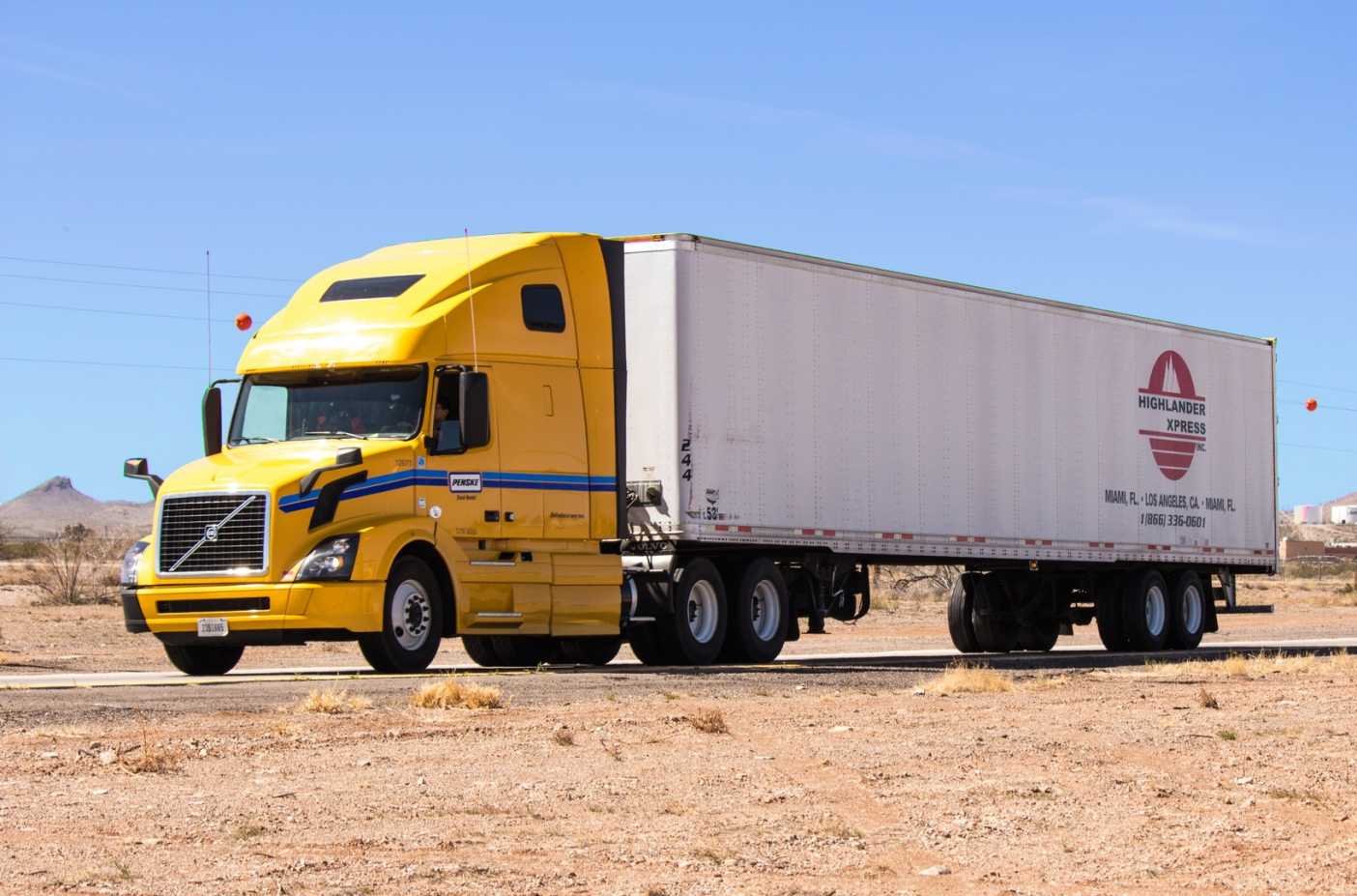Every 16 minutes, a person is killed or sustains injuries in accidents involving 18-wheelers, tractor-trailers or semi-trucks
In 2001, 429,000 large trucks were involved in traffic crashes (both fatal and minor) in the United States:
– 4,793 were involved in fatal crashes
– 5,082 people died
– 131,000 were injured
– In 2001, there were 6,536 total crashes involving tractor-trailer trucks in Pennsylvania;154 were fatal.
In 2003, there were 58,512 total vehicle accidents involved in fatal crashes in the U.S.
– 4,669 were large trucks involved in fatal truck accidents
– Large trucks are more likely to be involved in a fatal multi-vehicle crash than are passenger vehicles.
In 2003, Texas witnessed 5040 fatal traffic accidents, of which 438 were fatal truck accidents. This number has risen from 5039 total traffic accidents and 401 fatal truck accidents for the previous year 2002. Similarly, in Pennsylvania, there were 2233 fatal traffic accidents in 2003, of which 213 were fatal truck accidents, as opposed to corresponding numbers of 2198 and 174 for the year 2002. Florida had 4432 fatal traffic accidents in 2003, with 343 of them involving trucks, which was higher than 4431 total traffic accidents for 2002 but lower than the 351 fatal truck accidents in the same period. The highest number of fatal traffic accidents happened in California, with the number being a staggering 5725 fatal auto accidents in 2003. But at 332, the number of fatal truck accidents was not the highest among all states in the US.
Trucking revenues totaled $610 billion last year and revenues are forecasted to nearly double by 2015. The majority of fatal truck accidents occur in rural areas (68 percent) during the daytime (66 percent) and on weekdays (78 percent). In 2002, the majority of large truck crashes occurred in good weather (71 percent), on dry roads (71 percent), during the daytime (75 percent), and on weekdays (88 percent).
About 27 percent of all large truck drivers involved in fatal truck accidents throughout the United States had at least one prior speeding conviction compared to 19 percent of the passenger vehicle drivers involved in fatal crashes. From 1992 to 2002, the number of large trucks involved in fatal crashes has increased by up to 10% due to driver fatigue, unsafe vehicle operation, large, unstable loads or defective equipment.
Defects contribute to the number of large truck accidents each year. Some of these defects include:
– Tires or wheels: 80 crashes
– Brake-related: 76 crashes
– Engine/Transmission: 52 crashes
– Steering Wheel: 13 crashes
About 700 heavy truck drivers and passengers in truck cabs die each year. In addition, almost 3,700 persons in cars and other passenger vehicles die annually in collisions with heavy trucks.
The Insurance Institute for Highway Safety reports that in crashes involving large trucks and other vehicles, 98% of the fatalities occur to the people in passenger vehicles.
The National Highway Traffic Safety Administration (NHTSA) has warned groups using 15-seat passenger vans about the dangers of fully loading the vans and then putting an inexperienced driver behind the wheel. The NHTSA also stated that 15-passenger vans are large trucks and should only be driven by people with experience driving large trucks.
The FMCSA’s Motor Carrier Management Information System (MCMIS) classifies a truck as large if its gross vehicle weight rating (GVWR) exceeds 10,000 pounds.
The majority of fatal crashes involving tractor-trailer trucks include trucks that are pulling one trailer. A recent survey showed that 64% of fatal truck crashes had one trailer. Thirty-two percent of those involved single-unit trucks (no trailer) and fewer than 4% of the those involved multi-trailer vehicles (more than one trailer).





